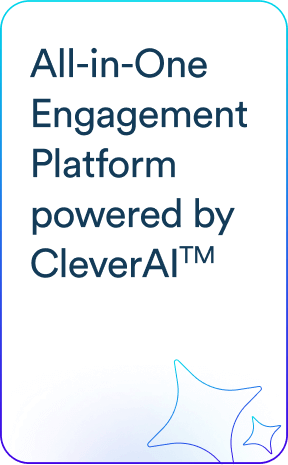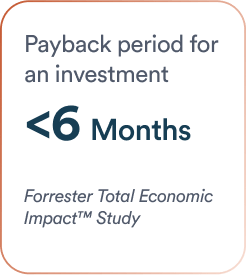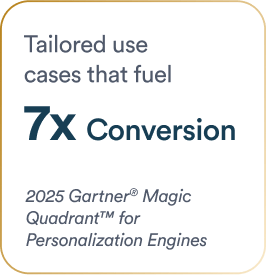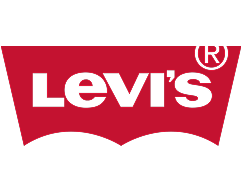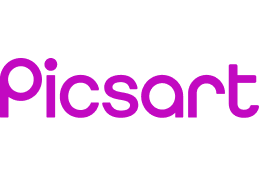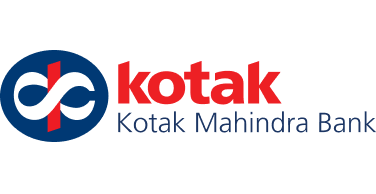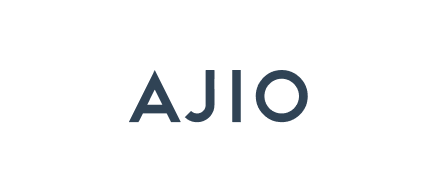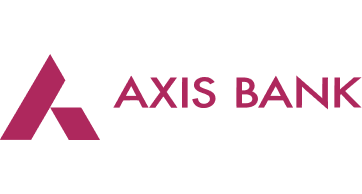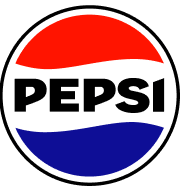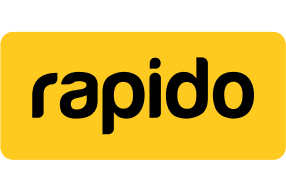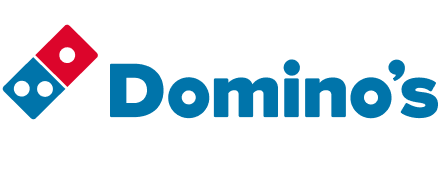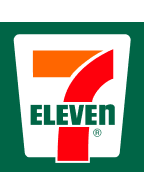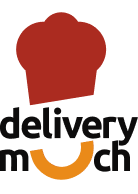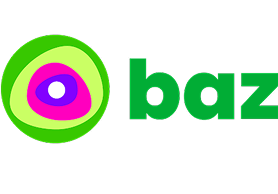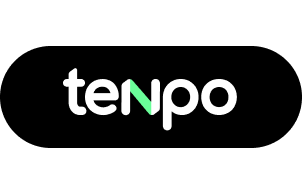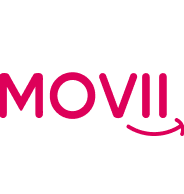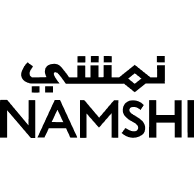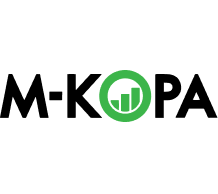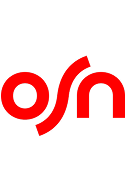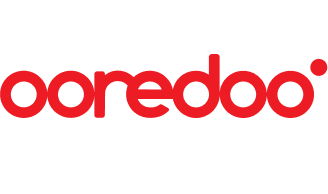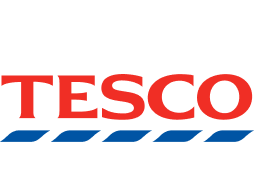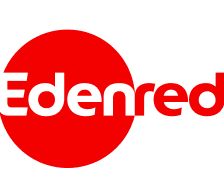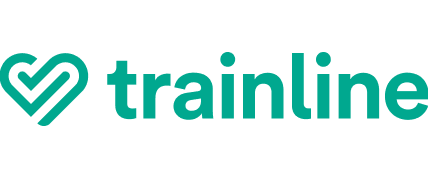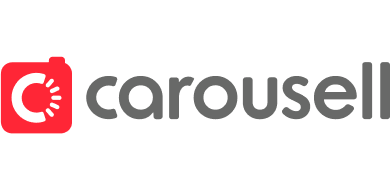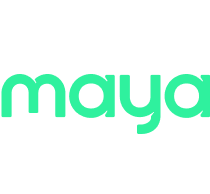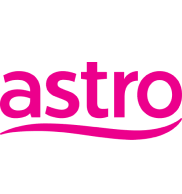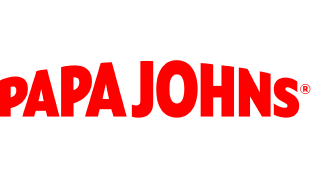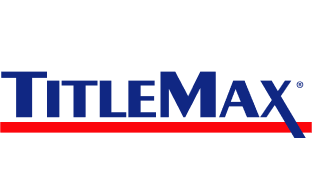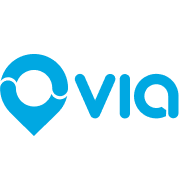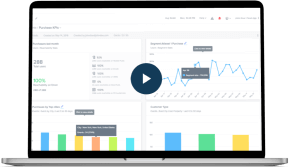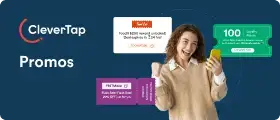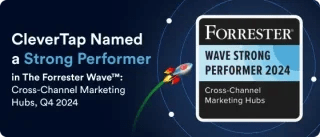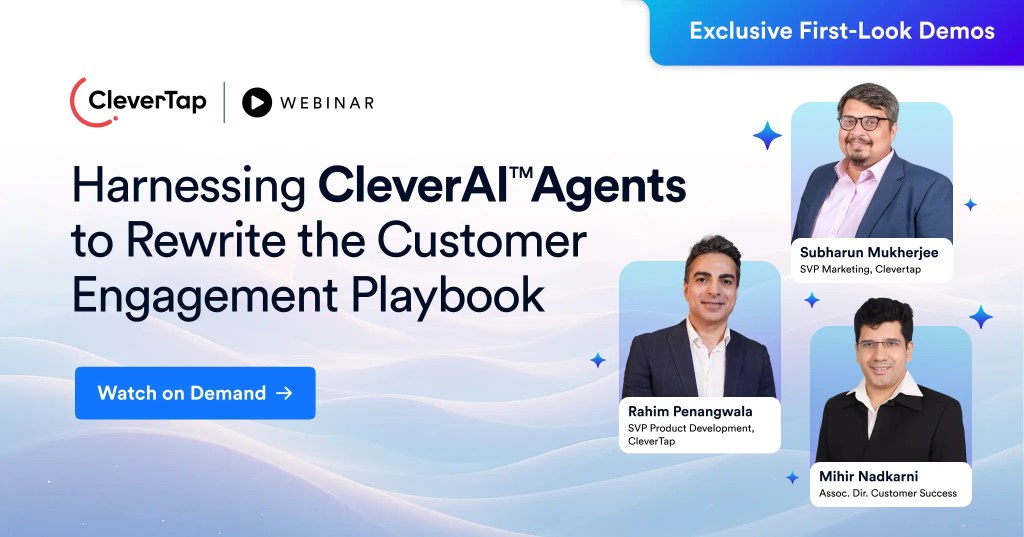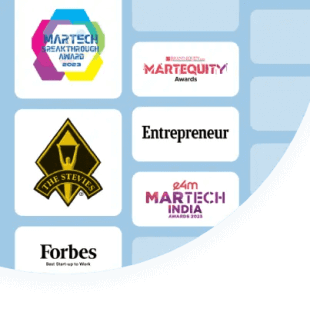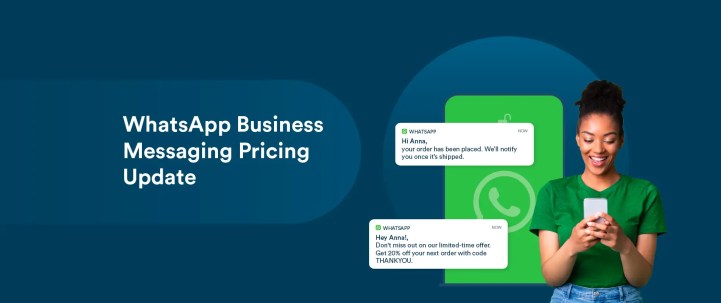Big changes are coming to how businesses communicate on WhatsApp. Starting July 1, 2025, WhatsApp Business is shifting from a conversation-based pricing model to a per-message billing system. This update affects how every Marketing and Utility template is charged, introducing new rules that will impact messaging strategies across industries.
If you’re a marketer, CRM owner, or product manager using WhatsApp for customer engagement, this shift isn’t just about cost. It’s about compliance, optimization, and smarter communication. With WhatsApp Business pricing becoming more granular, and Utility template rules getting stricter, staying ahead of these changes is essential to avoid surprises and maximize your messaging investment.
In this article, we’ll break down what’s changing, what it means for your business, and actionable strategies to keep your campaigns compliant and cost-effective under the WhatsApp July 2025 update.
What’s Changing
Meta is rolling out a major update to the WhatsApp Business pricing structure, focused on clarity, fairness, and performance. Here’s what’s changing:
1. Per‑Message Pricing Applies to All Template Messages
Until now, businesses paid a flat rate per conversation window (i.e., a 24-hour session triggered by the first message). Starting July 1, you’ll be charged per delivered template message—whether it’s Marketing or Utility.
| Criteria | Per Conversation | Per Message |
| Billing Unit | 24-hour session | Individual delivered message |
| Cost Transparency | Aggregated per window | Clear per-message cost visibility |
| Optimization Levers | Control at campaign level | Precision per message and user segment |
| Billing Trigger | First message in session | Every template message sent |
| Control on Spend | Less granular | High control, aligned with message value |
Why it matters:
- You get more control and visibility over what each message costs.
- No more “free ride” across 24 hours—every message counts now.
- This aligns WhatsApp with industry practices like SMS and email billing.
2. Rate Card Remains the Same
While the billing model is changing, the pricing itself is not. WhatsApp’s rate per message (depending on geography and template category) will be the same rate that was applied to conversations.
Why it matters:
- There’s no increase in base cost.
- The shift is entirely about granular billing, not rate inflation.
3. Service Conversations & Utility Messages Within the 24-Hour Window Remain Free
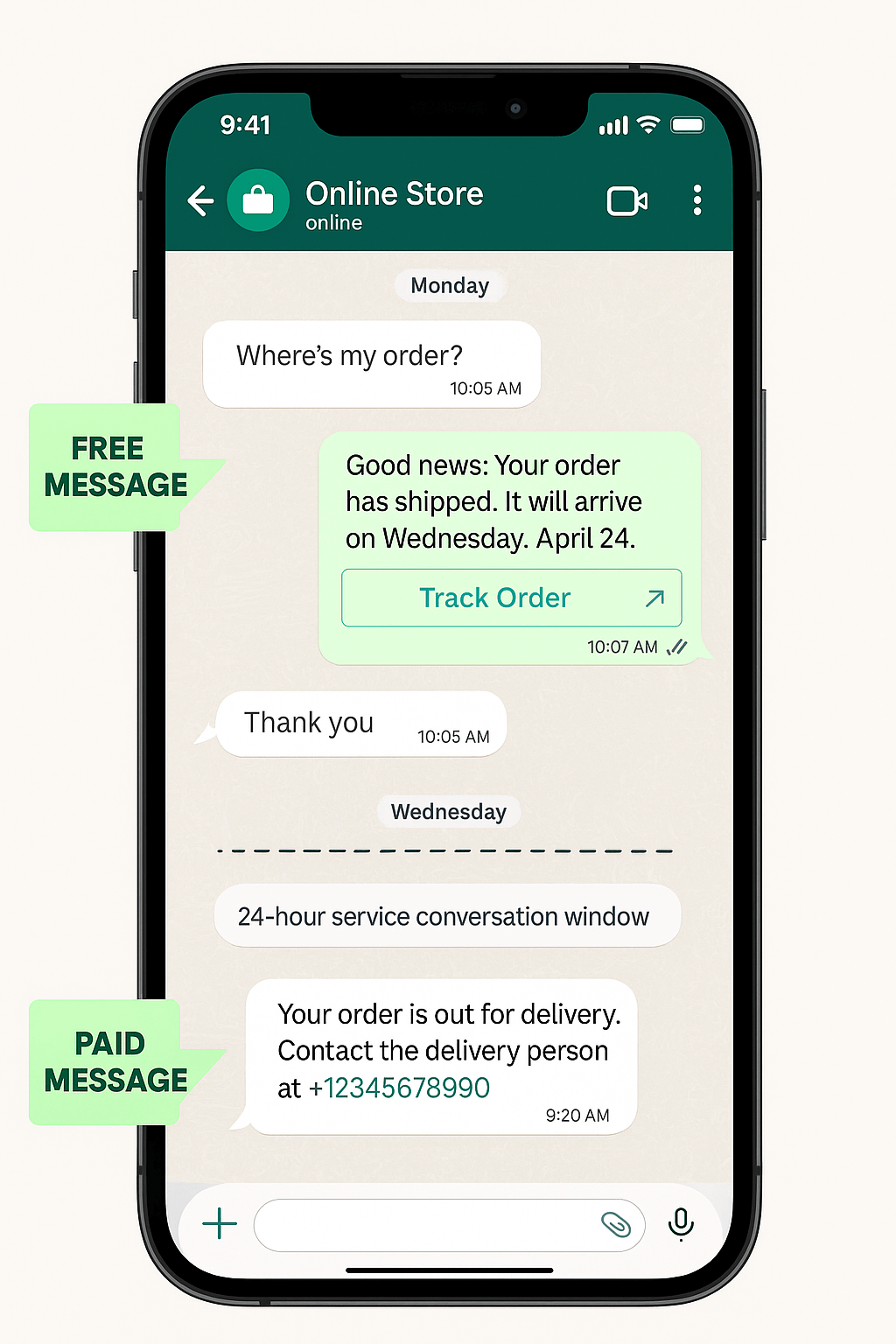
If a user sends a message or replies to your brand, a 24-hour service window opens. Within this window, you can:
- Respond using Service Messages (e.g., support replies)
- Send Utility Templates (e.g., order confirmation, delivery updates)
And the best part? These messages are still completely free—even under the new model.
Example:
- User replies: “Where’s my order?”
- Brand replies with delivery update + return instructions
- Zero charges for all these messages if sent within 24 hours
4. Tiered Volume Pricing for Utility Messages
To encourage the use of WhatsApp for high-volume transactional use cases, Meta is introducing tiered pricing for Utility messages:
- The more Utility messages you send in a given month, the lower your per-message rate
- Discounts apply automatically based on usage volume. Check rate cards for messaging tiers
- Tiers reset monthly and differ by country/region

Why it matters:
If you use WhatsApp for notifications like ticket confirmations, order tracking, or appointment reminders, this allows you to scale affordably.
5. Impact on CleverTap Customers
Here’s how the new pricing affects customers using CleverTap’s WhatsApp integrations:
- WhatsApp Direct
- CleverTap applies an x% markup over Meta’s invoice
- Our platform fee remains conversation-based (no change)
- WhatsApp Connect (via BSP partners)
- Charges will follow the new per-message billing model.
- Platform fee also billed per message
Pro Tip: If you’re unsure whether you’re on Direct or Connect, reach out to your CleverTap Account Manager.
6. Stricter Rules for Utility Template Approval
Meta is tightening enforcement on what qualifies as a Utility message. Starting July 1:
- Messages must be non-promotional (no upselling, discounts, or nudges).
- Messages must be either:
- User-requested (e.g., “Show me my booking details”), or
- Critical to the user (e.g., password reset, security alert)
Promotional content in Utility templates will:
- Be rejected during approval, or
- Be reclassified as Marketing—even post-approval
⚠️ Important: Violations may also trigger spam complaints, messaging limits, or temporary/permanent bans.
Updated Utility Template Definition: What Qualifies After July 1, 2025
As a part of the WhatsApp Business pricing update, Meta is tightening the criteria for what qualifies as a Utility template. This is not just a policy update—it directly impacts approval rates, messaging costs, and your ability to reach customers in real time.
Starting July 1, 2025, a Utility template must meet stricter classification standards. This is driven by WhatsApp’s move to make Utility messaging free within the 24-hour window, and prevent brands from abusing the category for disguised promotions.
To be approved as a Utility template, your message must meet two key conditions::
- Non-promotional:
The message must not contain any upselling, offers, or persuasive calls to action. That means:
- No discounts
- No “limited-time deals”
- No CTAs encouraging further transactions
- User-requested or essential to the user:
Templates should fall into one of two clear buckets:
– User-Initiated Context – Example: “Order #1234 is out for delivery” after the user placed an order.
– Critical Information – Example: “We’ve reset your password as requested” or “Flight cancellation alert.”
✅ Approved Examples
- Payment confirmation
- Order shipment update
- Appointment reminder
- Account status notification
- Security alerts
❌ Rejected or Reclassified Examples
- “Your order has shipped. Add a matching tote at 20% off!”
- “We noticed you viewed this product. Complete your purchase today.”
- “Your subscription is about to end. Upgrade now for more benefits!”
Why This Matters
If your utility message contains even a subtle hint of promotional language, it may:
- Be rejected during the approval process
- Be reclassified as a Marketing template (charged accordingly)
- Trigger spam reports if sent under the wrong category
- Result in lower messaging limits, or temporary/permanent account-level restrictions
Meta has already started reviewing template content more aggressively since April 2025, and enforcement will only tighten post-July rollout.
Best Practices to Stay Compliant
To maintain approval rates and avoid messaging disruptions after July 1, it’s essential to adjust how you create and manage Utility templates. These best practices will help you stay compliant under the new rules.
- Split promotional and transactional content
Don’t mix order updates with offers—create two separate templates if needed. - Use neutral, factual language
Stick to action-based language like “Your ticket is confirmed,” instead of persuasive copy like “Don’t miss your event.” - Keep Marketing templates for re-engagement flows
If you want to nudge, upsell, or promote—do it through approved Marketing templates, not Utility ones. - Audit existing templates before July 1
Revisit what’s already approved under Utility. Anything borderline may be auto-reclassified, and Meta will send notifications through webhook and email.
Why These Changes Matters for Your Business
The move to per-message billing on WhatsApp Business isn’t just a pricing change. It introduces a strategic shift in how you plan, execute, and measure your messaging. Understanding the impact of the July 2025 WhatsApp pricing update is critical for any team managing customer communication, CRM automation, or marketing via WhatsApp.
1. Marketing Costs Will Increase—Check Your Messaging Frequency
For most businesses, this change won’t lead to a significant cost spike. That’s because most brands typically don’t send multiple marketing template messages to the same user within a single day.
However, if your current messaging strategy involves sending multiple marketing templates on the same day—for example, product promos followed by cart reminders or upsell nudges—you may notice a higher cumulative cost under the new per-message billing model.
Here’s our recommendation: Review your daily send frequency. If multiple promotional messages are going to the same user within a 24-hour period, this is a good time to consolidate or prioritize your message flow to optimize for both cost and impact.
This isn’t about cutting back—it’s about being more intentional with each message you send.
2. Cost Transparency = Better Optimization
Unlike conversation-based pricing, per-message billing gives you granular control over how every message affects your budget. You can now:
- Track messaging ROI at the template or campaign level
- Set cost thresholds per flow
- Decide whether to send one message or three based on real impact
This helps CRM and growth teams fine-tune message volume based on actual impact—not guesswork.
3. Template Recategorization Risks Are Higher
The updated Utility rules mean you can no longer blend promotional and transactional content. If you try to slip marketing messages into Utility templates, you risk:
- Message rejections
- Reclassification to Marketing (and higher costs)
- Delivery blocks or spam reports
- In extreme cases, account-level penalties
If you’re not reviewing your approved Utility templates now, you’re at risk of losing free delivery privileges or seeing your engagement rates plummet.
4. A Push Toward Smarter, Channel-Aware Messaging
This pricing update encourages a shift from bulk messaging to intent-based communication. Brands that adapt by:
- Using segment-level targeting
- Leveraging event-based triggers
- Diversifying to RCS, Push, or Email for lower-cost engagements
By adapting to intent-based messaging and cost-aware planning, you’ll improve response rates and reduce unnecessary spend.In short, the WhatsApp Business pricing changes in 2025 are a call to action for marketing and CRM teams to be more intentional, more compliant, and more customer-centric. Those who plan ahead will save money, protect their messaging reputation, and build better engagement over time.
Actionable Strategies to Optimize WhatsApp Messaging
The shift to per-message billing presents a strong opportunity to fine-tune your communication strategy. Beyond compliance, these changes reward businesses that message smarter, not louder.
Here’s how to maximize ROI, reduce unnecessary costs, and keep performance high:
1. Use Triggered Campaigns Instead of Scheduled Blasts
Messages tied to real-time behavior—like cart abandonment or app activity—tend to perform better and avoid redundant sends. Here’s what to do:
- Replace bulk promotions with event-triggered messages.
- Send at the right moment instead of batching everyone at once.
Bonus: This keeps your brand relevant and your cost-per-conversion low.
2. Limit Same-Day Marketing Messages to a Single Touchpoint
With per-message billing in place, sending multiple promotional messages on the same day can increase cost without improving results. Here’s what you can do:
- Audit your current campaigns to spot same-day overlaps.
- Consolidate multiple touchpoints into one strong message per day.
- Set WhatsApp Messaging Frequency in CleverTap platform
This improves engagement and prevents message fatigue.
3. Segment Smartly—Don’t Message Everyone
Blasting your entire user base is no longer sustainable. Instead:
- Target users based on recent engagement, purchase behavior, or churn risk.
- Exclude users who haven’t interacted in 2–3× your typical buying cycle.
- Exclude users Who haven’t engaged with Last 5-6 WhatsApp notifications.
- Use predictive segment to identify who are less likely to engage and exclude them
A smaller, high-intent audience will bring better ROI at a lower cost.
4. Set Frequency Caps Using Your Marketing Platform
CleverTap lets you configure daily or weekly limits per user. The platform also allows you to:
- Prevent over-messaging with automated frequency controls.
- Respect user attention and avoid unnecessary sends that add to your bill.
Frequency capping also helps with deliverability and long-term retention.
5. Stay Compliant with Utility Template Guidelines
Avoid rejections, re-categorizations, or message blocks by:
- Keeping Utility templates strictly non-promotional.
- Using clear, factual language (e.g., “Your order is confirmed”).
Clean templates mean faster approvals and access to free delivery where applicable.
6. Mix Lower-Cost Channels into Your Journey
WhatsApp isn’t always the cheapest or best-performing option for every message. Consider alternatives:
- Use RCS (3–4x cheaper) for rich media promotions.
- Fall back to Push notifications or In-App for logged-in users.
- Reserve WhatsApp for high-value or time-sensitive flows.
Diversifying channels ensures you reach users at the right cost and context.
7. Get Clear Consent & Make Opt-Out Easy: Ensure you have explicit user consent for marketing messages.This improves trust and protects deliverability rates under Meta’s new scrutiny. It also helps reduce costs by avoiding sends to users who are not interested
- Clearly communicate value at opt-in
- Make opt-out frictionless (e.g., “Reply STOP” or a simple in-app toggle).
8. Opt-In to Marketing Light APIs
Simplify workflows and reduce costs for standard promotional campaigns by leveraging Marketing Light APIs.
Conclusion
The WhatsApp Business pricing changes coming into effect on July 1, 2025 mark a significant shift—but not one to fear. With the move to per-message billing, WhatsApp is promoting a more transparent and intentional communication model, giving brands deeper control over their costs and message impact.
By understanding the updated Utility template rules, leveraging volume-based discounts, and optimizing campaign structure, businesses can not only stay compliant—but also reduce spend and improve performance.
Now is the time to audit your message flows, clean up your templates, and make sure each message you send delivers value—both to your users and your bottom line.
For CleverTap customers, we’re here to support you with template reviews, frequency capping, and smart audience strategies. Reach out to your account manager or our support team to learn how to fine-tune your messaging ahead of the change.
FAQs: WhatsApp Business Pricing Changes (July 2025 Update)
1. What is the biggest change in WhatsApp Business pricing from July 202
WhatsApp is switching from conversation-based billing to per-message billing for all template messages. You’ll now be charged for each message delivered.
2. Will my costs increase under the new pricing model?
Not necessarily. If you’re not sending multiple marketing messages to a user on the same day, the impact will be minimal. However, if you do send several daily messages, your cost could go up.
3. Are utility messages still free?
Yes. If sent within the 24-hour user-initiated service window, utility messages remain free.
4. What happens if I send promotional content under a utility template?
It may be rejected, reclassified as Marketing, or result in delivery penalties such as spam reports and reduced messaging limits.
5. Will CleverTap change its billing?
WhatsApp Direct: No change, still conversation-based with platform markup.
WhatsApp Connect: Yes, charged per message.
6. How should I prepare for template recategorization?
Audit existing templates now. Remove promotional elements and clearly separate transactional and marketing messages.
7. Can I still send promotions on WhatsApp?
Yes, but only through approved marketing templates and with clear user consent.
8. How do I reduce costs under the new model?
- Limit daily marketing messages
- Use behavioral triggers
- Segment users based on intent
- Cap frequency per user
- Diversify with RCS, Push, or In-App channels
Deepak Yadav 
With over 5 years of experience as a Product Manager at CleverTap, Deepak Yadav has successfully led technical accounts, managed global support, and driven growth at Fynd and Paintcollar.
Free Customer Engagement Guides
Join our newsletter for actionable tips and proven strategies to grow your business and engage your customers.

